When your car’s battery has to work harder (like in winter) to power your wipers, lights, and electronics, a dead or depleted car battery is a widespread problem. A jump starter can revamp your engines to hit the road if your battery dies or fails, whereas a power bank can provide consistent electricity or charge for different gadgets, and often EVs. You should take into account the benefits, restrictions, and intended use of each of these tools. These two devices - which, aside from letting you start your automobile, are fundamentally different - are frequently misunderstood or mistaken for one another by drivers. After reading this blog, you’ll be able to identify the differences between a jump starter and a car battery charger, their functions, advantages, and disadvantages.
Difference between a battery bank and a jump starter
Battery banks: A portable power bank functions precisely like a desktop or laptop charger. These gadgets plug into an outlet to recharge and supply other electronics with a steady current to charge. Similar to cellphone/electronics chargers, a power bank offers a steady stream of electricity, replenishing or maintaining the charge of a car’s battery depending on whether it is fully charged or drained. For chargers that plug into a typical household electrical socket, charging ports are available on smartphones and other electronics. Electrical outlets produce 120-volt AC current, but car batteries need 12-volt DC current to charge. In the context of automobiles and battery banks (also known as battery chargers), they can transform the AC into DC at a stable, steady rate to charge electronics, particularly EV batteries. However, this cannot provide the instantaneous jolt of current to ignite a car if it has a dead battery. This is where a portable jump starter comes in.
Portable Jump Starters: A specialized portable battery pack known as a jump starter is used to jump start an automobile on its own without the assistance of another vehicle or power source. Specialized jumper wires connect to the 12-volt DC output of these fantastic devices. Usually, specialized jumper cables connect to the terminals of a car battery and take electricity from the jump starter’s battery. A jump starter uses a brief burst of current to jump-start the battery instead of a battery bank that charges the battery. When the ignition is turned on, the alternator engages, and the battery charges. To read more about the inner workings of portable jump starters, please read our blog on the topic.
When to use a jump starter and when to use a battery bank: When your car battery dies while you’re out and about or in an emergency, a jump starter is the ideal auto accessory to get you back on the road. Since these gadgets are so compact and light, you may keep them in your car’s trunk, glove box, or beneath your seat. Jump starters like the Fanttik T8 Apex
are multipurpose tools that can be applied in various circumstances. It has USB charging ports, so you can use them to charge your electronics on the move, or you may use its powerful LED flashlights when you need more visibility.
On the other hand, one method for fully charging a car battery is using a battery/power bank or charger. The charger will keep charging the battery until it is fully charged after being plugged in. You don’t have to wait for the charger to shut off because they typically are built to do so automatically. It will take hours to replenish a car’s battery (or other electronics), but it has no connection to a vehicle's ignition. It will gradually (usually overnight) charge your battery to keep it well-functioning while staying stationary.
Comparing battery banks and jump starters
| Battery/Power Bank | Jump Starter | |
| Usage purpose |
Charging batteries | Jump starting a car battery to facilitate ignition |
| Used for | Maintenance | Emergencies |
| Charging time | 12-36 hours | Instant (seconds) |
| Can it jump start a battery? | No | Yes |
| Can it charge a battery? | Yes | Depends. Usually no, but versatile ones can (like the Fanttik T8 APEX) |
| Overcharging hazard? | Yes | No |
| Portable/transportable? | Depends (there are both types) | Yes |
| Needs an electrical outlet? | Yes | No (except for charging) |
| Location of usage | Home (In most cases) | Anywhere |
| Key Parameters to look for | Voltage and Amps | Peak current, battery capacity |
Can a power bank jump start your car?
No, it cannot. Jumpstarting a car is not possible using a battery/power bank. It can only be used to recharge a car battery and other equipment (if it is a car battery bank as opposed to a smaller power bank for cellphones, laptops, etc.). Depending on the size of the battery and the strength of the power bank or charger being used, this process can take a few hours to several days.
How to jump start your car with a power bank
A power bank cannot jump start your car, and you need a professional jump starter! We highly recommend the Fanttik T8 Apex for this utility, which packs many other convenient features like charging phones and laptops while giving you a clear line of sight using the built-in flashlight. To learn more about how the T8 Apex can help you jumpstart your car in emergencies, please head over to our blog - How to Jumpstart a Car the Right Way? which details this topic with video presentations as well.


Concluding Remarks
To recap, a portable jump starter is the best piece of gadget to use if your car battery dies and your car cannot start. You can use a jump starter to ignite your engine safely if your car’s battery is dead. A power bank is meant for a completely different use case which is to replenish the charge of electronics and vehicles in a sustained manner. So, if you want to have one of the essential emergency gears on a trip, what you are looking for Is a portable jump starter like the Fanttik T8 Apex, which triples as a jump starter, power bank for electronics, and a flashlight. Safe driving, everyone!

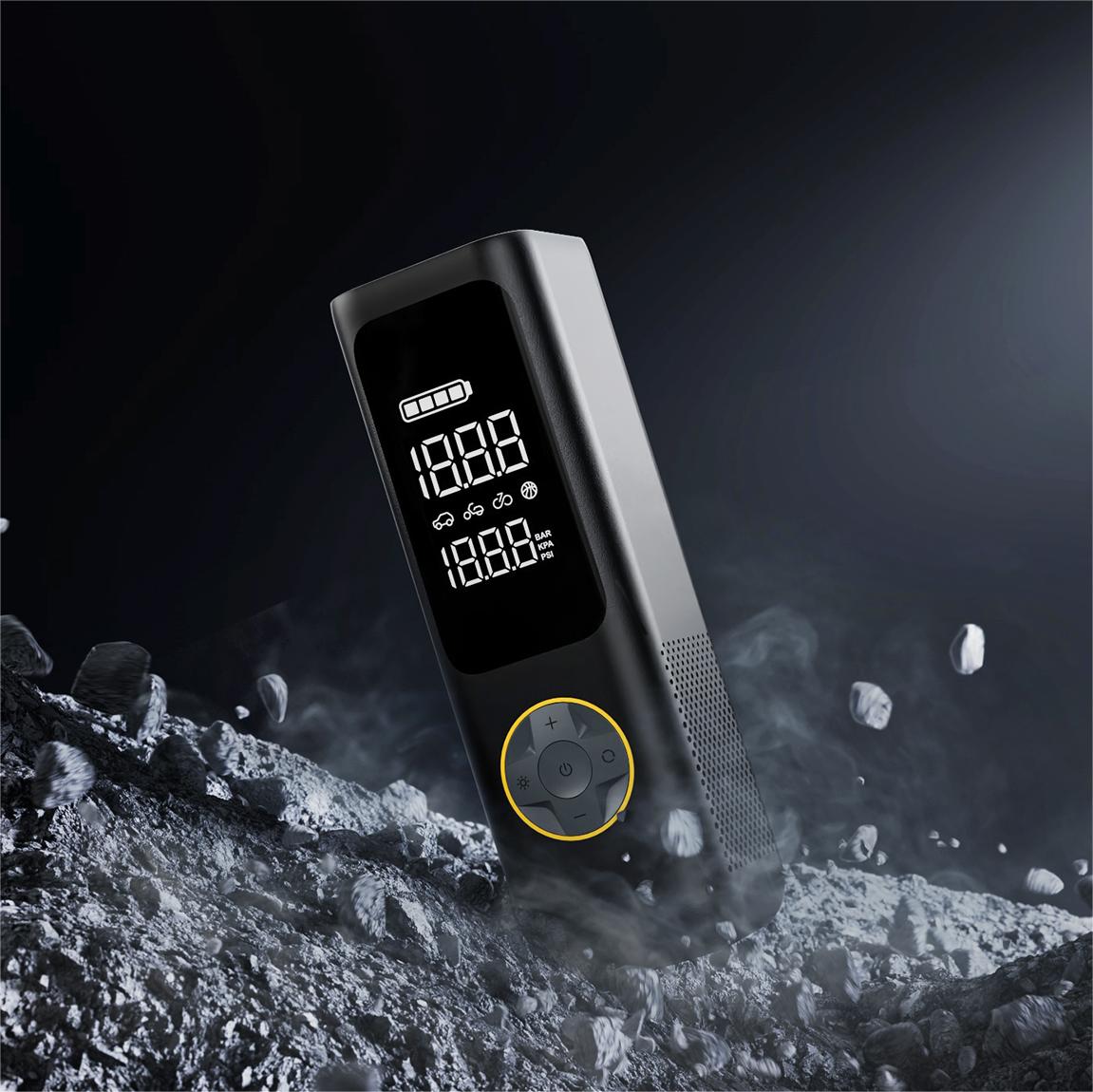



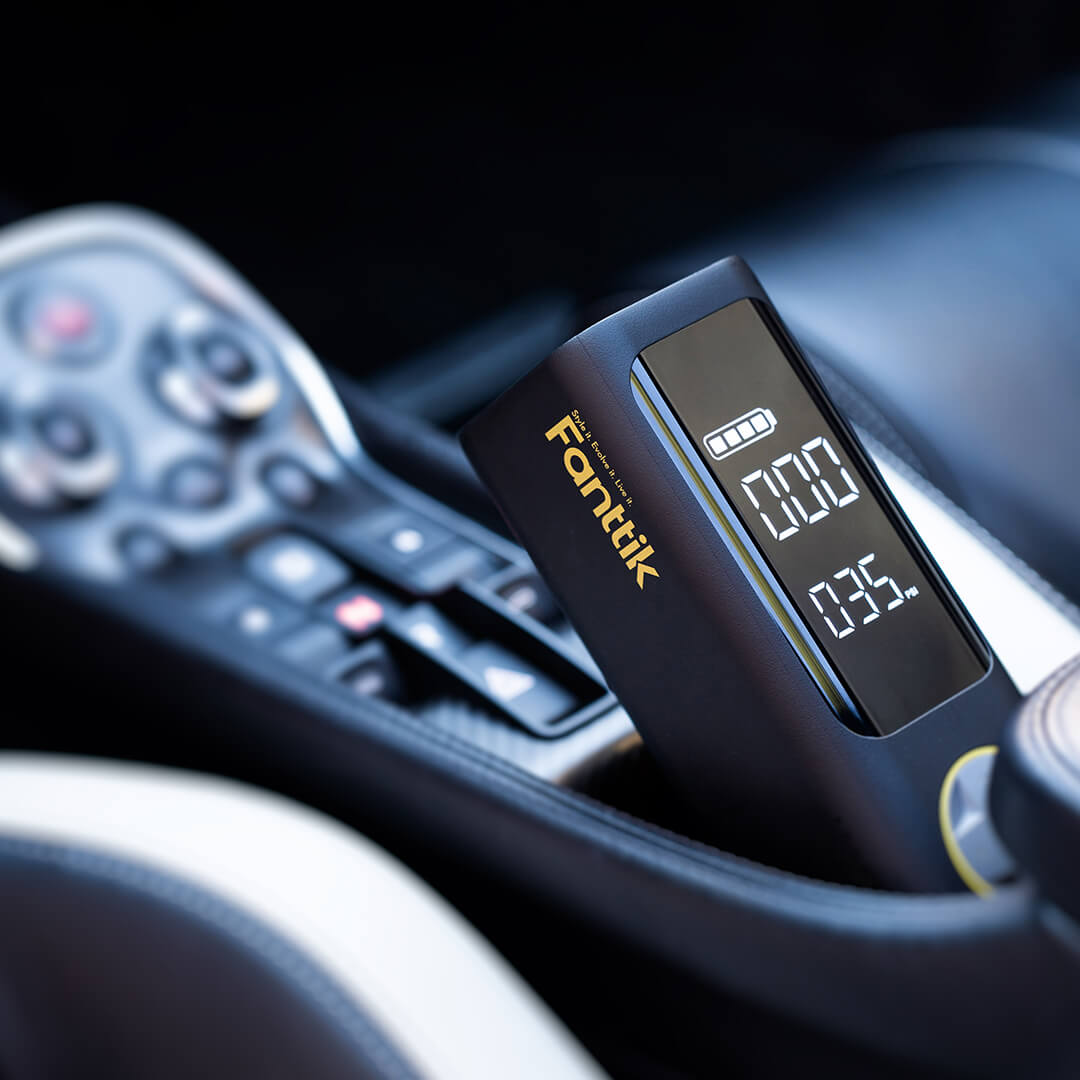
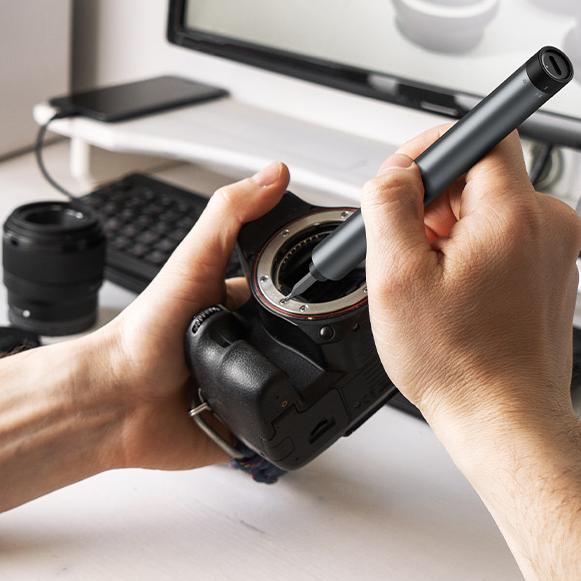



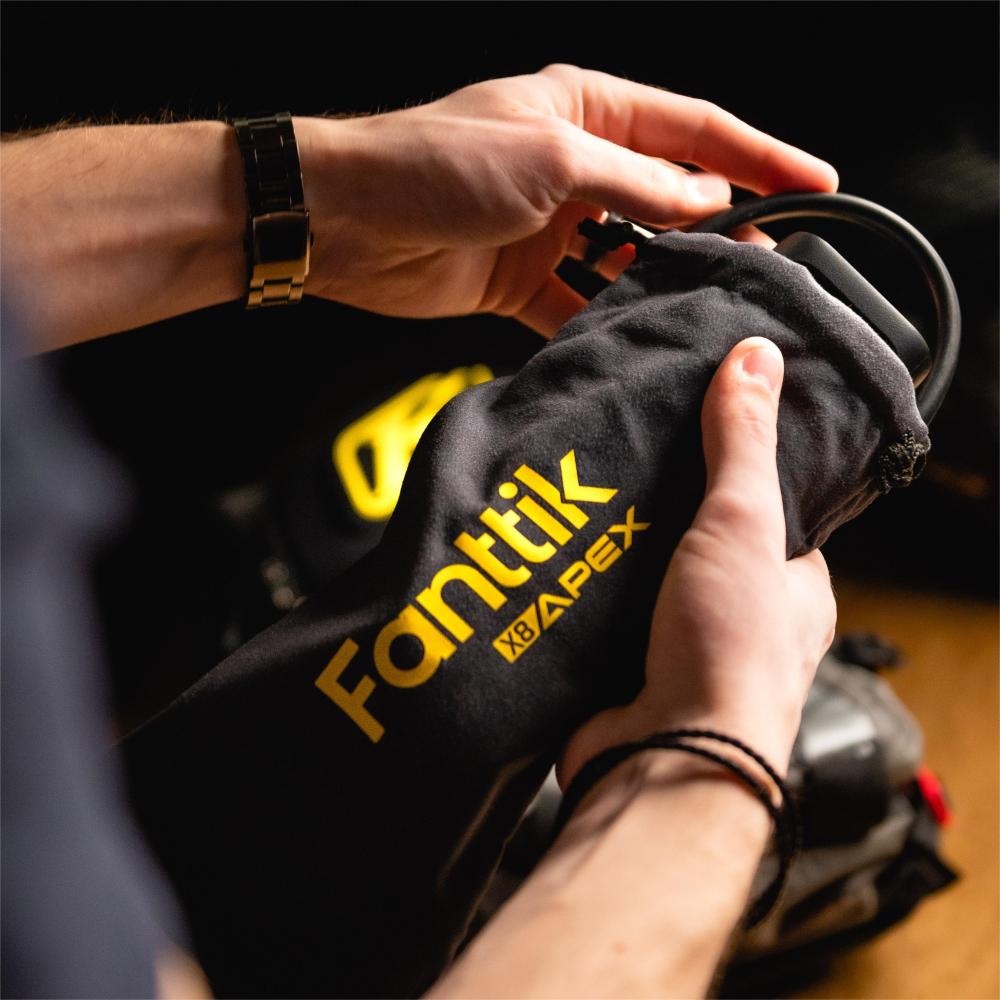

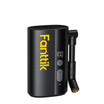
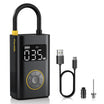
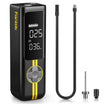
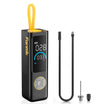
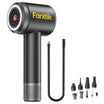
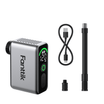
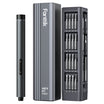

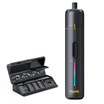
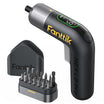
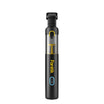
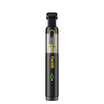
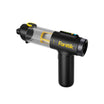
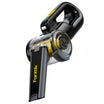
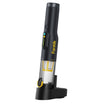
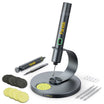
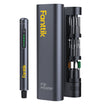
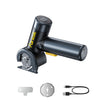
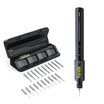

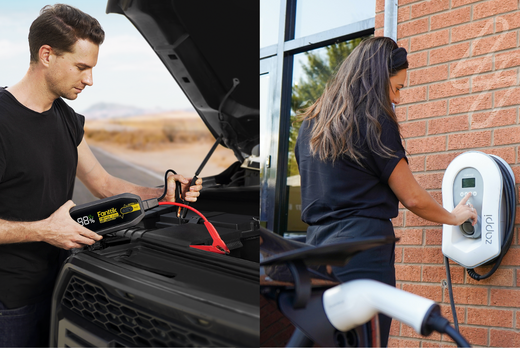



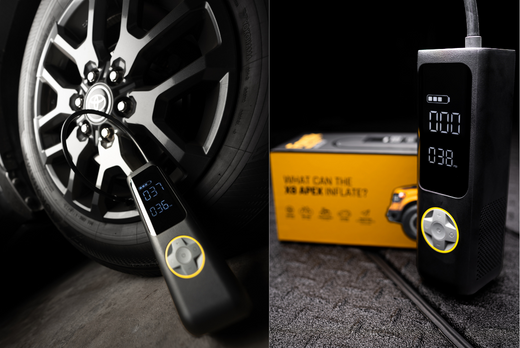
Leave a comment
All comments are moderated before being published.
This site is protected by hCaptcha and the hCaptcha Privacy Policy and Terms of Service apply.